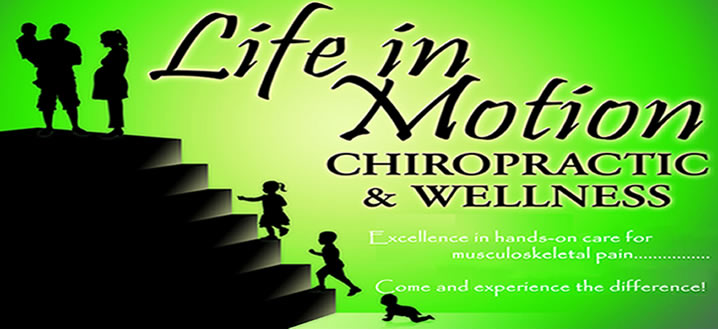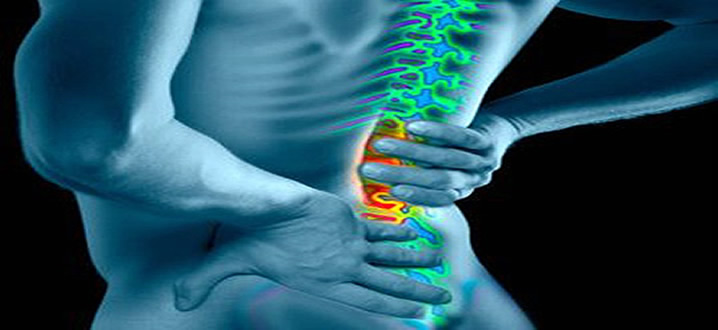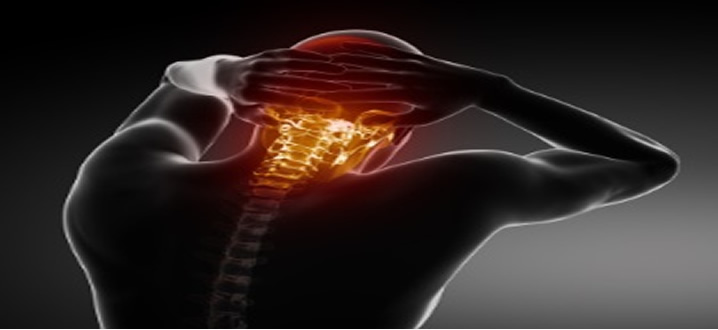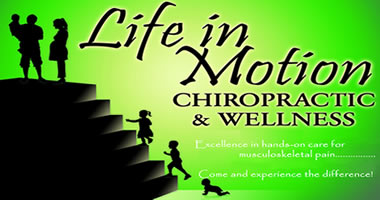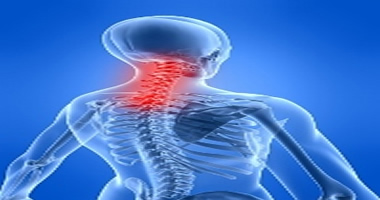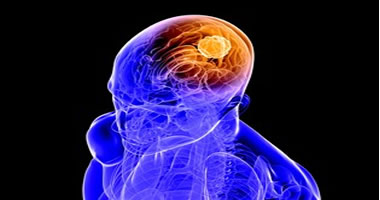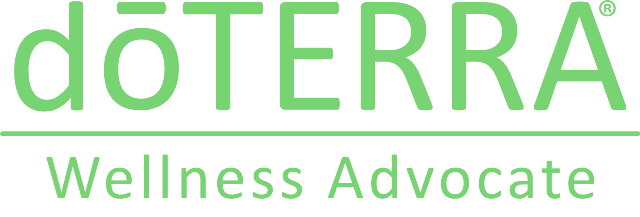Myofascial Release / Trigger Point Therapy
| Click Image to Enlarge |
Trigger points arise from several causes, such as acute or chronic muscular overload, direct trauma, poor posture, chilling of a muscle and even emotional stress. Trigger point (TrP) formation induces metabolic stasis in the area of the TrP and waste products begin to accumulate. This buildup of waste products affects the muscle tissue in two ways:
- Adversely increases muscle tone, the result of which is decreased joint range of motion in the affected area.
- Noxious bombardment of the nervous system due to a decrease in blood flow to the muscle the result of which is nerve irritation and subsequently pain is experienced.
The doctors at Life in Motion Chiropractic and Wellness approach patient care in a truly holistic manner in that they also work with the body’s connective tissues and muscular system and do not rely entirely on spinal or joint manipulations. Dr. Sean Konrad believed this to be imperative during his doctoral training at New York Chiropractic College (NYCC) where he became qualified in two of the leading soft tissue modalities: Receptor-tonus Technique (NIMMO) and Instrument-Assisted-Soft-Tissue-Mobilization [IASTM (aka Graston)].
- Dr. Konrad’s NIMMO training consisted of ninety (90) hours of lab and lecture during which he mastered the art and science of locating and eliminating myofascial trigger points in all muscles of the trunk, extremities, and TMJ. Receptor-tonus treatment involves utilizing five to seven (5-7) seconds of sustained thumb and/or finger pressure to the ischemic area within a muscle in order to increase blood flow and break up restrictions in injured soft tissue.
- Dr. Konrad’s Graston Technique training was a thirty (30) hour laboratory course that combined instrument-assisted soft tissue mobilization (IASTM) with a targeted exercise program to address connective tissue dysfunction. He was conferred, via hands-on instruction, a working knowledge of this modality that uses patented stainless steel instruments designed to adapt to the various tissues, shapes, and curves of the body to precisely examine and treat a variety of neuromusculoskeletal conditions. This advanced soft tissue mobilization technique allows the clinician to break up dysfunctional soft tissue(s) [i.e. scar tissue], that produces pain, weakness, and functional limitation for the patient. This technique is essentially, albeit to a lesser extent, reinjuring the affected area so that first-stage healing can begin again and optimal tissue configuration can be established.
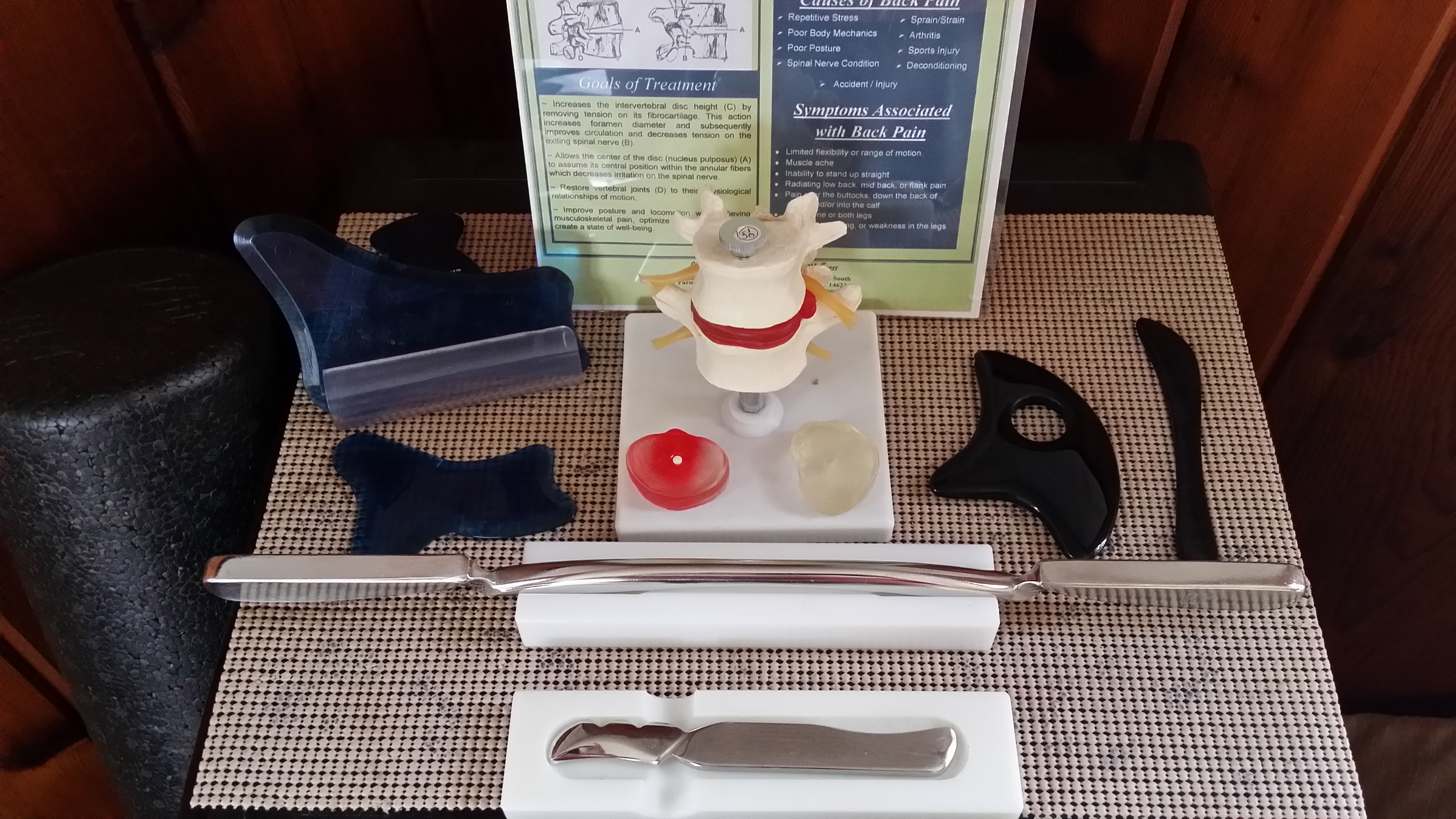 |
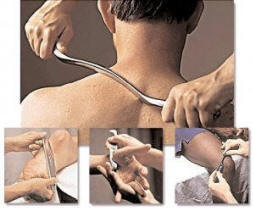 |
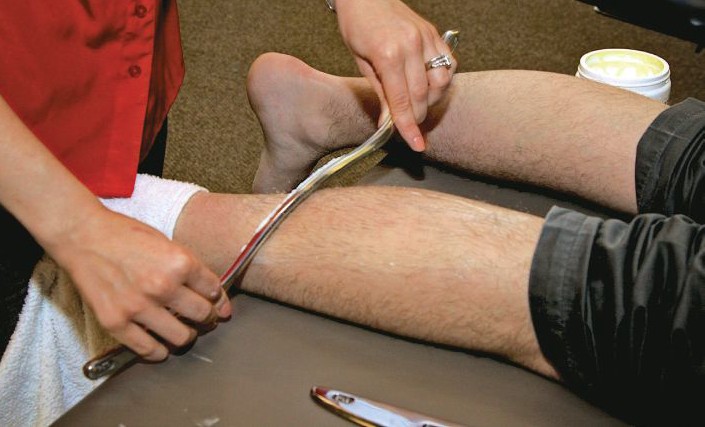 |
Dr. Konrad’s extensive internship training at NYCC provided him the opportunity to become skilled in the application of these techniques to most clinical problems he encountered. It was during this phase of his doctoral studies where he learned to integrate them into his own chiropractic treatment plans that assist patients in overcoming their musculoskeletal pain.
